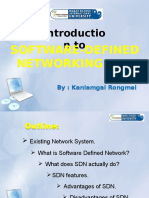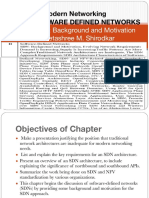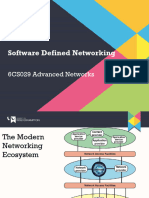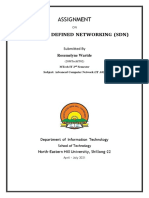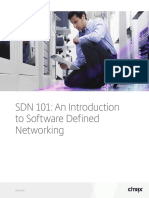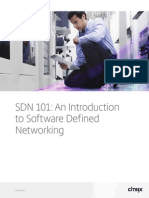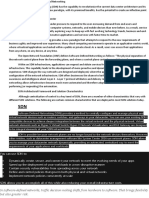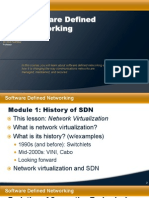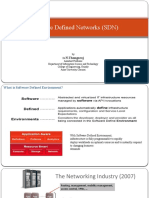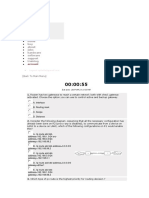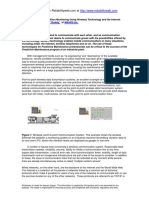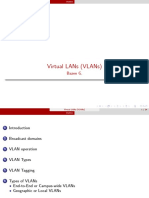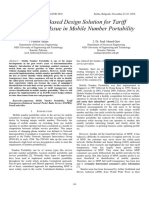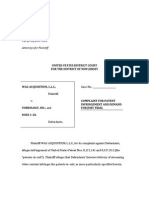0% found this document useful (0 votes)
37 views24 pagesLecture Notes 1 Introduction - DTTMai
The document discusses the introduction to software defined networks including basic terminology, the evolution of communication networks, what SDN is, why SDN is used, and the SDN architecture. It provides information on topics such as traditional switch architecture, autonomous and dynamic forwarding tables, and definitions of SDN.
Uploaded by
21021618 Vương Hoàng MinhCopyright
© © All Rights Reserved
We take content rights seriously. If you suspect this is your content, claim it here.
Available Formats
Download as PDF, TXT or read online on Scribd
0% found this document useful (0 votes)
37 views24 pagesLecture Notes 1 Introduction - DTTMai
The document discusses the introduction to software defined networks including basic terminology, the evolution of communication networks, what SDN is, why SDN is used, and the SDN architecture. It provides information on topics such as traditional switch architecture, autonomous and dynamic forwarding tables, and definitions of SDN.
Uploaded by
21021618 Vương Hoàng MinhCopyright
© © All Rights Reserved
We take content rights seriously. If you suspect this is your content, claim it here.
Available Formats
Download as PDF, TXT or read online on Scribd
/ 24




